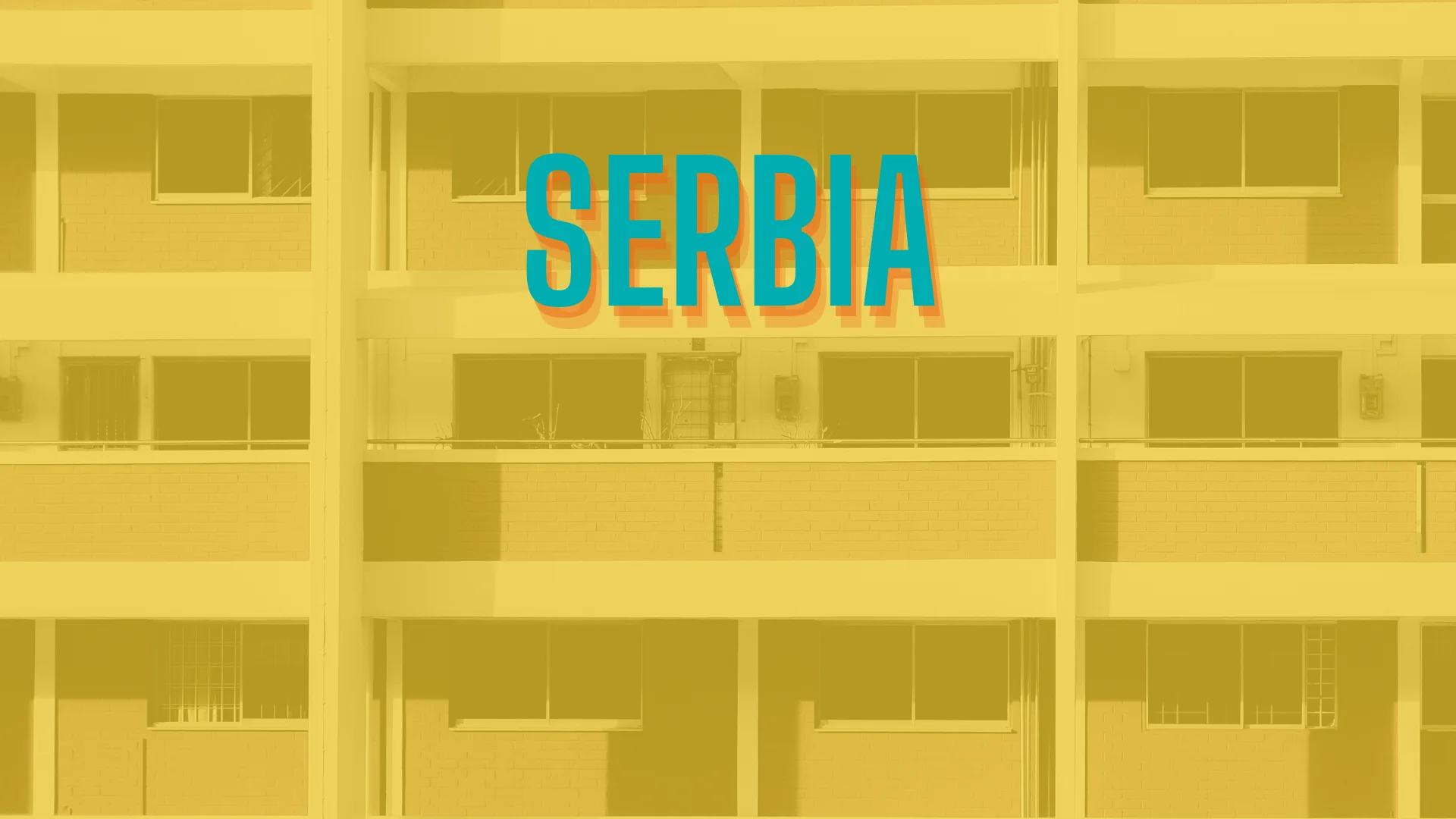Media and Advertising Market Trends of Serbia in 2021
The economic environment of the local media market
2021 was the year of opening in Serbia as businesses started to return to a more or less “normal” business mode. Budgets that were not used in the period of the pandemic began to be released and invested in advertising again. This resulted in a record year since the time Nielsen had started to measure the size of the advertising market. The ad market amounted to 230 million euros in 2021, which is 16% higher than it was in 2019. It is also the greatest growth in the last ten years. The 4th quarter was particularly strong. 2021 meant a record for TV-markets, too; a total of 117 million euros was spent on TV-ads. Serbia remains a TV-centric market.
The political environment of the local media market
In 2021, the government used the media to inform the people about the pandemic measures, with a tendency to reduce advertising. The Ministry of Health recorded twice the volume of advertising on TV – compared to 2020. Also, in 2021, parliamentary and presidential elections were announced, which were held later, in April 2022. There were no legal changes that would affect the media market, however, a new media strategy has been adopted in 2021, and changes in media laws are expected to happen in 2022/2023.
The local media market
As I already mentioned, 2021 was a record year. Television is still the most dominant media type in Serbia: in 2021, it accounted for 51% of the total media mix. For that matter, television never fell below 50% in the last 20 years. According to expectations, digital had the highest growth, receiving 24% of the budgets of the entire market. Print’ share continues to decline year by year, and in 2021, it is 8%. OOH holds its 12%, and radio has been at the level of 5% for years.
At a session held in April 2022, the Regulatory Authority for Electronic Media (REM) announced a public tender for the license of television broadcasting and radio by terrestrial digital or analogue transmission for the entire Republic of Serbia.
Disney+ was launched in Serbia in June, while HBO Max started to broadcast in March 2022. In 2021, the domestic streaming platform Apollon and the Russian streaming platform “Start” started to operate in Serbia as well.
Trends of media consumption
In 2020, we all spent much more time at home due to curfews, so in 2021 the average time of daily TV-watching fell from 5:40 hours to 5:27 hours. When we look at age groups, we have the greatest decrease (YoY) among young people, who spend more time outdoors and watch TV less (by 8-15%) today. The only age group that records an increase in television-viewing is 65+, and the growth is 1.8%.
The most explicit digital trend we see is the increase in the usage of digital services. According to the National Bank of Serbia, the total number of electronic banking users increased by 10.68% in 2021 (compared to 2020), while at the same period, the number of mobile banking users increased by 31.36%. The total usage of electronic banking increased by 10.81% in 2021. The number of transactions via mobile banking recorded a year-on-year growth of 41.29%. In 2021, the number of transactions with cards and electronic money for the purpose of online purchase of goods and services continued to grow – the total number of such payments was 51.73% higher than in 2020. The number of virtual outlets also increased by 37.8%.
The trend of the increasing share of the older population and the decreasing of it of the youngest (13-19 year-olds) on Facebook continued.
Over 74% of the people use the internet every day or almost every day. The number of internet users increased by 7% – compared to 2020.
Published: May 8, 2023

